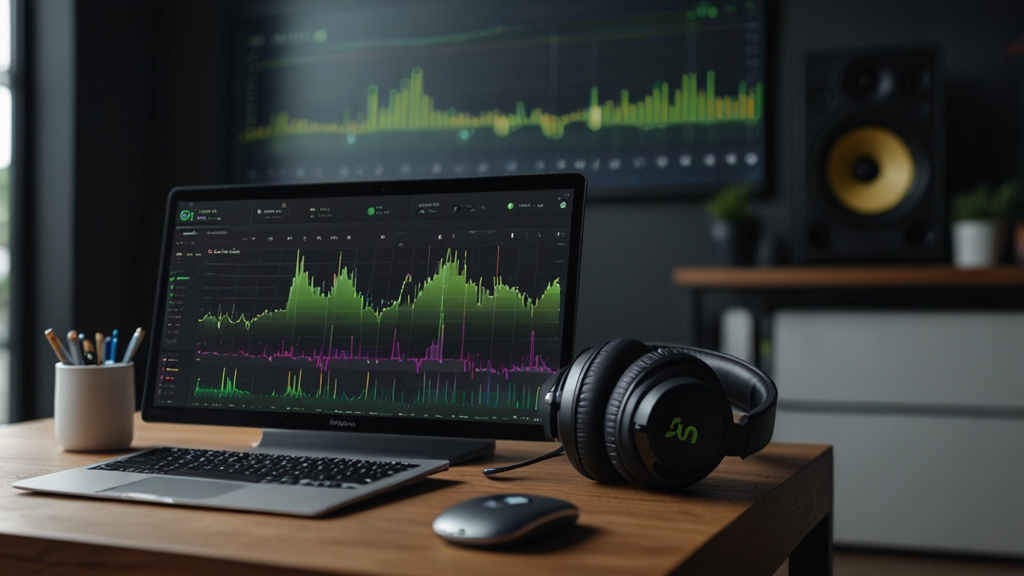While everyone's buying fake streams that get them banned, you could be using these six actually sustainable methods that turned bedroom producers into playlist regulars.
Optimize Your Spotify Artist Profile and Track Metadata
Your Spotify artist profile is basically your digital storefront, and most artists are leaving money on the table by treating it like an afterthought. Your profile photo needs to be high-resolution and instantly recognizable - think clean, professional shots that look good even when shrunk down to thumbnail size on mobile.
The bio section is where you actually connect with listeners, not just list your achievements. Write 2-3 sentences that capture your vibe and sound, then mention any notable collaborations or playlist features. Skip the generic "passionate about music" stuff - everyone says that.
Track metadata is where the real magic happens for discoverability. Your song titles should be searchable but not keyword-stuffed - "Late Night Vibes" works better than "Chill Lo-Fi Hip Hop Beats Study Music." Genre tags need to be accurate and specific; choosing "Alternative Rock" over "Rock" helps Spotify's algorithm place you in the right playlists.
Release dates matter more than you think. Spotify favors consistent releases, so spacing your drops every 4-6 weeks keeps you in the algorithm's good graces. Your track descriptions should include relevant keywords naturally - mention the mood, instruments used, or what inspired the song. This helps when people search for specific vibes or submit to playlists that match your sound.
Master Playlist Pitching and Curator Outreach Strategies
Playlist placement can skyrocket your monthly listeners, but most artists pitch like they're sending spam emails. The secret? Research curators like you're stalking your crush. Check their recent additions, note their posting patterns, and understand their vibe before reaching out.
Your pitch email needs to hook them in the subject line and deliver value immediately. Skip the "I'm an up-and-coming artist" nonsense - they get 500 of those daily. Instead, lead with your track's unique angle: "Indie folk with trap drums for your 'Genre Bending' playlist." Include streaming numbers, recent press, or notable collaborators in the first two sentences.
Target micro-playlists with 1,000-10,000 followers first - they're more responsive and actually listen to submissions. Use tools like Playlist Push or SubmitHub, but personalize every pitch. Generic templates get deleted faster than your ex's photos. Include a Spotify link, brief bio, and high-quality artwork that matches their aesthetic.
Follow up once after two weeks, then move on. Persistence becomes pestering real quick. Build relationships by engaging with curators' content on social media and supporting their playlists before you need favors. The best playlist placements come from genuine connections, not cold outreach. Remember, curators are tastemakers protecting their reputation - make their job easy by delivering exactly what their audience craves.
Leverage Social Media Cross-Promotion and Content Marketing
Your social media isn't just for posting random content - it's your direct pipeline to Spotify streams. TikTok remains the ultimate music discovery platform, with 15-30 second clips driving massive streaming spikes. Create multiple video angles for each track: behind-the-scenes studio footage, lyric snippets over trending visuals, and dance challenges if your music fits.
Instagram Stories and Reels work differently than TikTok, so adapt your content accordingly. Use the "Add Music" sticker feature to link directly to your Spotify track - this creates a seamless path from discovery to stream. Post consistently across platforms, but tailor each piece of content to that platform's algorithm and user behavior.
Cross-promotion means leveraging every platform you're already on. Share your Spotify links in YouTube video descriptions, pin them to Twitter profiles, and include them in email signatures. The key is making your music easily accessible wherever people find you online. Social media music promotion strategies work best when they feel natural, not forced.
Content marketing goes beyond just promoting tracks. Share your creative process, collaborate with other artists on content, and engage with fans who use your music in their own posts. Reply to comments, repost fan content, and build genuine relationships. Artists who treat social media as a two-way conversation see 40% higher engagement rates than those who just broadcast content.
Build Strategic Collaborations and Network with Other Artists
Strategic collaborations multiply your reach faster than any algorithm hack ever could. When you feature on another artist's track or they jump on yours, you're essentially borrowing each other's audiences. The key is finding artists with similar monthly listener counts - not chasing someone with 10M when you have 500.
Start by identifying artists in complementary genres who share your vibe but aren't direct competitors. A lo-fi hip-hop producer collaborating with an indie singer-songwriter makes perfect sense. Use Spotify's "Fans also like" section and playlist research to find these golden connections. Most artists are more open to collabs than you think.
Remix swaps work incredibly well for electronic and hip-hop artists. You remix their track, they remix yours, and both get released with proper cross-promotion. This strategy literally doubles your content output while introducing you to entirely new fanbases. Plus, remixes often perform better than originals in Spotify's algorithm.
Don't sleep on local scenes and online communities. Discord servers, Reddit forums, and genre-specific Facebook groups are goldmines for finding collaboration partners. The artist networking happens in comments sections and DMs, not fancy industry events. Be genuine about wanting to create something cool together - nobody wants to work with someone who's obviously just chasing numbers.
Implement Release Timing and Pre-Save Campaign Tactics
Timing your releases strategically can make or break your streaming numbers. Friday releases dominate because that's when Spotify updates its major playlists, but you're also competing with every major label drop. Consider Tuesday or Wednesday releases to stand out when fewer artists are launching new music.
Pre-save campaigns are your secret weapon for algorithmic success. When fans pre-save your track, it automatically adds to their library on release day, creating an instant spike that signals popularity to Spotify's algorithm. Tools like DistroKid's HyperFollow or Feature.fm make setting up pre-save links effortless.
Launch your pre-save campaign 2-3 weeks before release day. Share the link across all your socials with behind-the-scenes content showing your creative process. Artists like Clairo built massive anticipation by posting studio snippets while promoting pre-saves, resulting in hundreds of thousands of streams within hours of release.
Don't sleep on seasonal timing either. Summer tracks perform better when released in late spring, while moody winter songs should drop in early fall. Monitor industry calendars to avoid releasing during major events or holidays when your audience might be distracted. The key is building momentum through consistent Spotify plays rather than hoping for viral moments that rarely happen organically.
Engage Your Audience Through Spotify's Interactive Features
Spotify's interactive features are basically free engagement tools that most artists completely ignore. Canvas videos, those short looping visuals that play behind your tracks, can increase listener retention by up to 20%. Create something mesmerizing - studio footage, lyric animations, or abstract visuals that match your vibe.
Your artist pick feature lets you highlight one track at the top of your profile with a personal message. Use this strategically to promote new releases or tell stories behind fan favorites. Update it monthly and write messages that feel like you're actually talking to someone, not posting corporate announcements.
Spotify's comment feature on tracks is criminally underused for building community. Reply to every single comment you get - seriously, all of them. Ask questions in your social media posts that drive people to comment directly on Spotify tracks. "What's your favorite lyric from this song? Drop it in the Spotify comments."
Collaborative playlists turn passive listeners into active participants. Create themed playlists and invite your audience to add songs - "Songs that remind you of summer" or "What you're listening to at 3am." Share the playlist link across your socials and watch engagement explode. People love feeling like they're part of something exclusive, and collaborative playlists make them feel like insiders in your creative world.
Share this article
Latest Posts
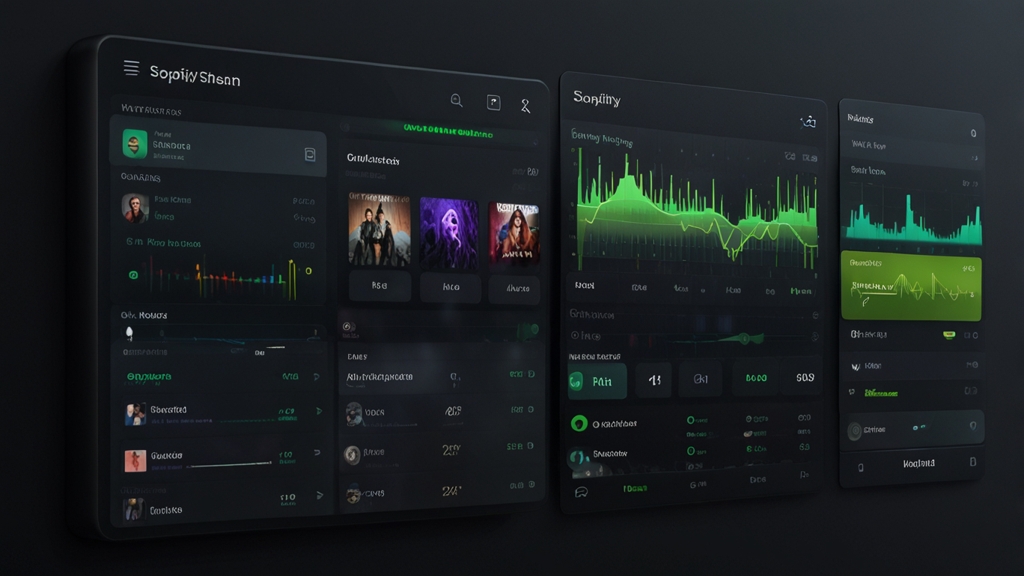
How Playlist Placement Impacts the Spotify Algorithm
Your track's position in a playlist literally determines whether Spotify's algorithm will push it to millions or let it die in obscurity—and most artists have no clue how this actually works.
•7 min read
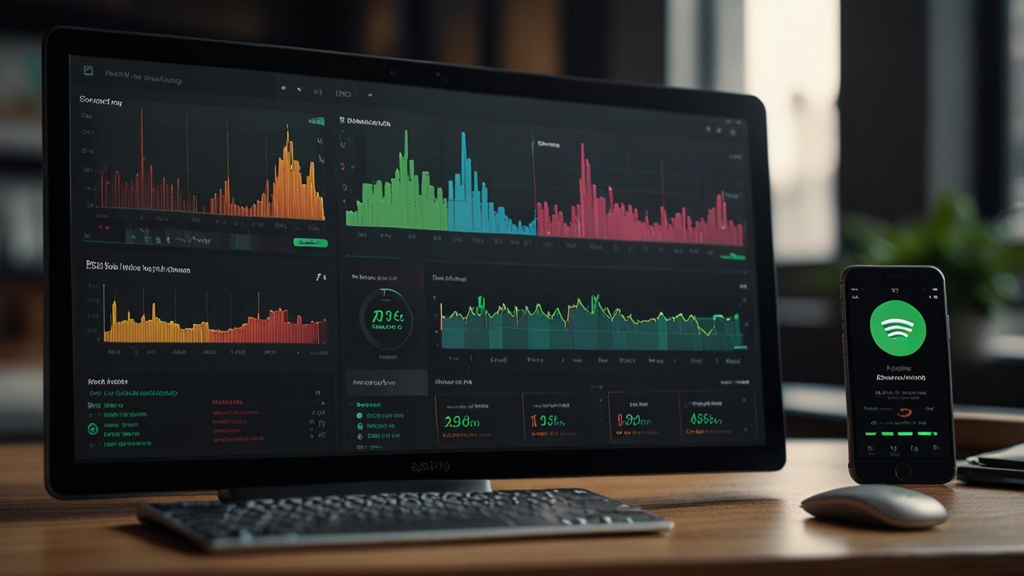
The Role of Skip Rate and Listen Time in Spotify Rankings
Your song could be fire, but if listeners skip it in the first 30 seconds, Spotify's algorithm will bury it deeper than your old SoundCloud tracks.
•6 min read
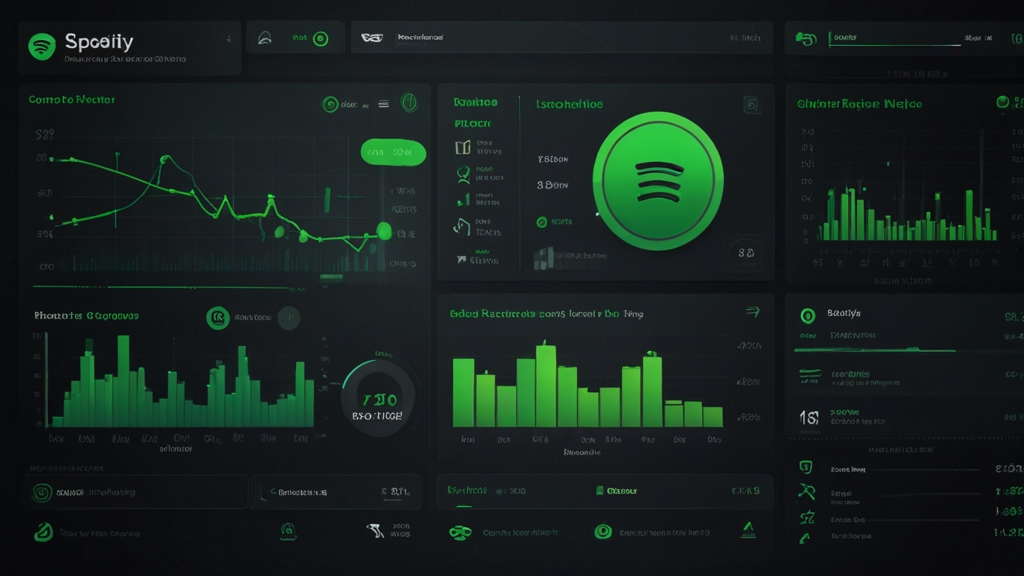
Do Likes, Saves, and Shares Affect Your Spotify Growth?
Plot twist: your song with 10K streams but an 8% save rate will get more algorithmic love than that viral track with 100K plays and zero engagement.
•7 min read
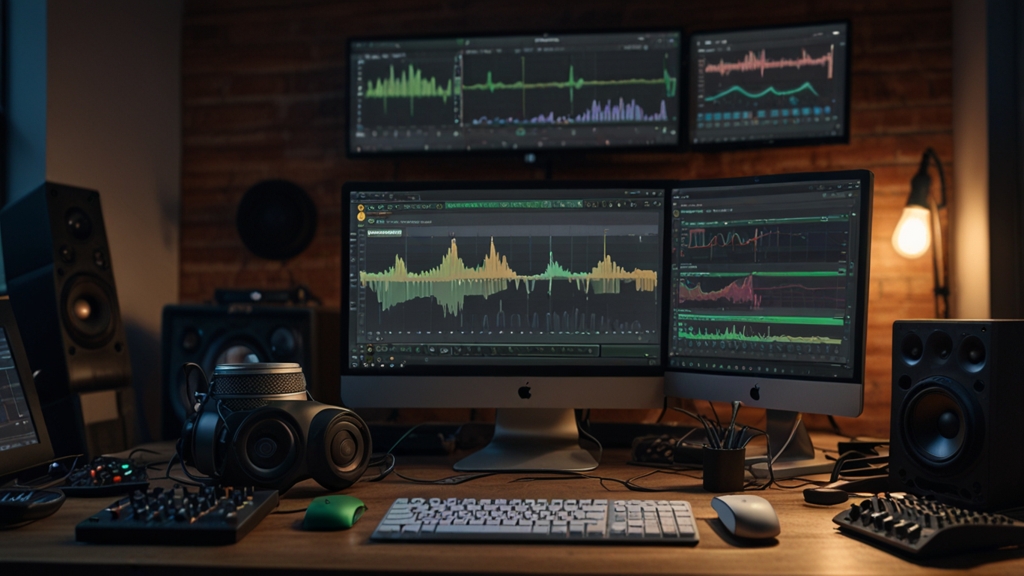
How to Get Your Song on Spotify Playlists (Without Paying)
While 70 million playlists get created monthly, only 14% of submissions actually make it—here's how to beat those odds without falling for expensive scams that could get your music banned.
•8 min read

